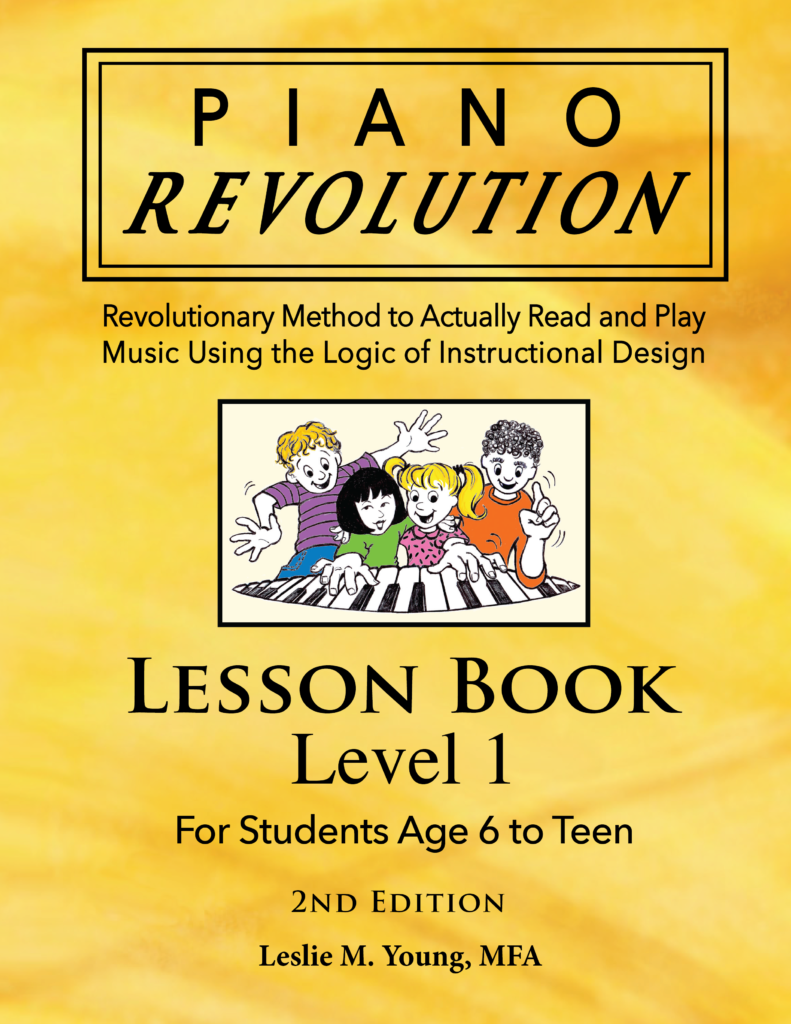Magic or Oops? The Best Piano Book for Beginners Meets Hands-Free Page Turning
Have you ever seen a pianist or organist turn pages without touching a thing—like magic? No page-turner assistant, no awkward pauses, just… swipe, and the music moves on. Some musicians even use facial expressions to turn pages. Raise an eyebrow, nod your head, or purse your lips—boom! The music scrolls. But let’s be real—what if you sneeze mid-performance? That’s not magic—that’s mayhem.
Trust me, I’ve been there. I once sneezed right in the middle of playing a church hymn on the organ. Graceful? Not exactly.
Making Page Turning Easier Than Ever
One challenge almost every piano player eventually faces—beginner or advanced—is page turning. You’re deep in a song, both hands on the keys, and then… time to flip the page. Now what?
Fortunately, we’re living in the future. Making page turning easier than ever is not just possible—it’s actually simple, thanks to smart technology. Here are some top tools every piano student or teacher should know:
- Digital Sheet Music Apps
Apps like forScore, Newzik, or PiaScore let you load your entire piano book onto a tablet. You can swipe with a finger or set up auto-scroll so you never miss a beat.
- Bluetooth Page-Turning Pedals
Devices like the AirTurn, PageFlip Firefly, or STOMP allow you to turn pages with a quick tap of your foot. It’s completely hands-free and perfect for long pieces or fast transitions.
What Makes forScore Pro Extra Magical?https://www.youtube.com/watch?v=DSWzErU5qHA
- Supports face gesture controls (yes, really!)—you can turn pages by winking, nodding, or moving your lips.
- Adjustable sensitivity settings so accidental movements (or sneezes) don’t flip your score by surprise.
- And no, it doesn’t say “Bless you!” if you sneeze… though maybe that’s a future feature.
Finding the Best Beginner Piano Book
While tech makes playing smoother, the foundation of any great learning experience is still a high-quality method book. So what makes the best beginner piano book?
Look for these must-haves:
- A step-by-step introduction to notes and rhythm—without overwhelming the learner
- Logical, progressive lessons that build real skills
- Age-appropriate songs that are actually fun to play
- A focus on proper technique right from the start
- An emphasis on strong sight reading skills over memorization tricks
Why Piano Revolution Is One of the Best Piano Books for Beginners
If you’re looking for a method that does all of the above, check out Piano Revolution. It’s a fresh approach to piano education, helping beginners of all ages think musically and read music accurately from day one. It skips the shortcuts and builds true music fluency—leading to better technique, stronger confidence, and even the ability to self-correct while playing.
Whether you’re a self-taught adult, a homeschooling parent, or a music teacher, combining the best beginner piano book with cutting-edge page-turning tools is a total game-changer.
Having said all that, let me continue next week about beginner lessons for the somewhat older student.
What Would the First Lesson for a Young Student Look Like?
What Would the First Lesson for a 6 to Teen Look Like (video)?
View sample pages of all the books for students
ages 6 to teen:
View sample pages of all the books for students
4 to 5 years old:
View sample pages of all the books for older
teens and adults:
View the books on Amazon:
About the Author, Composer,
Illustrator, Educator, and
Eternal Optimist
Leslie Young is the author/composer/illustrator of the PIANO Revolution method books (originally titled as the Revolutionary Piano Method). She co-founded a
K-12th grade charter school in Texas and has been a piano teacher for over 40 years. She has had experience teaching a variety of students tackling piano for the first time or as returning students.
Young believes that “learning to play the piano is more about diligence
and perseverance” – but would add that just as critical to success is
the method that is used, the pattern of critical thinking, and the instructional principles that promote immediate success.
She states: “In teaching piano to students of varying ages, what also varies is a commitment of time and the amount of dedication. Children of certain ages may do very well with a parent as teacher; others may need someone who is not family to instruct them. Some older children and adults prefer to make progress on their own, and this method is designed to act as a meticulous guide through new material. Some adults and teens insist on professional teachers, which also encourages continuity. Because these books are self-explanatory, a new or experienced professional teacher will have no trouble using the PIANO Revolution method with students. It’s an easy and effective way to learn piano.”
This content will be of most interest to:
- Parents who homeschool
- Professional piano instructors
- Individuals desiring piano books for beginners
- Educators of Instructional Design for piano
- Adults desiring a self-teaching piano book
- Parents wondering the best age to start piano lessons for a child









 Previous Post
Previous Post
